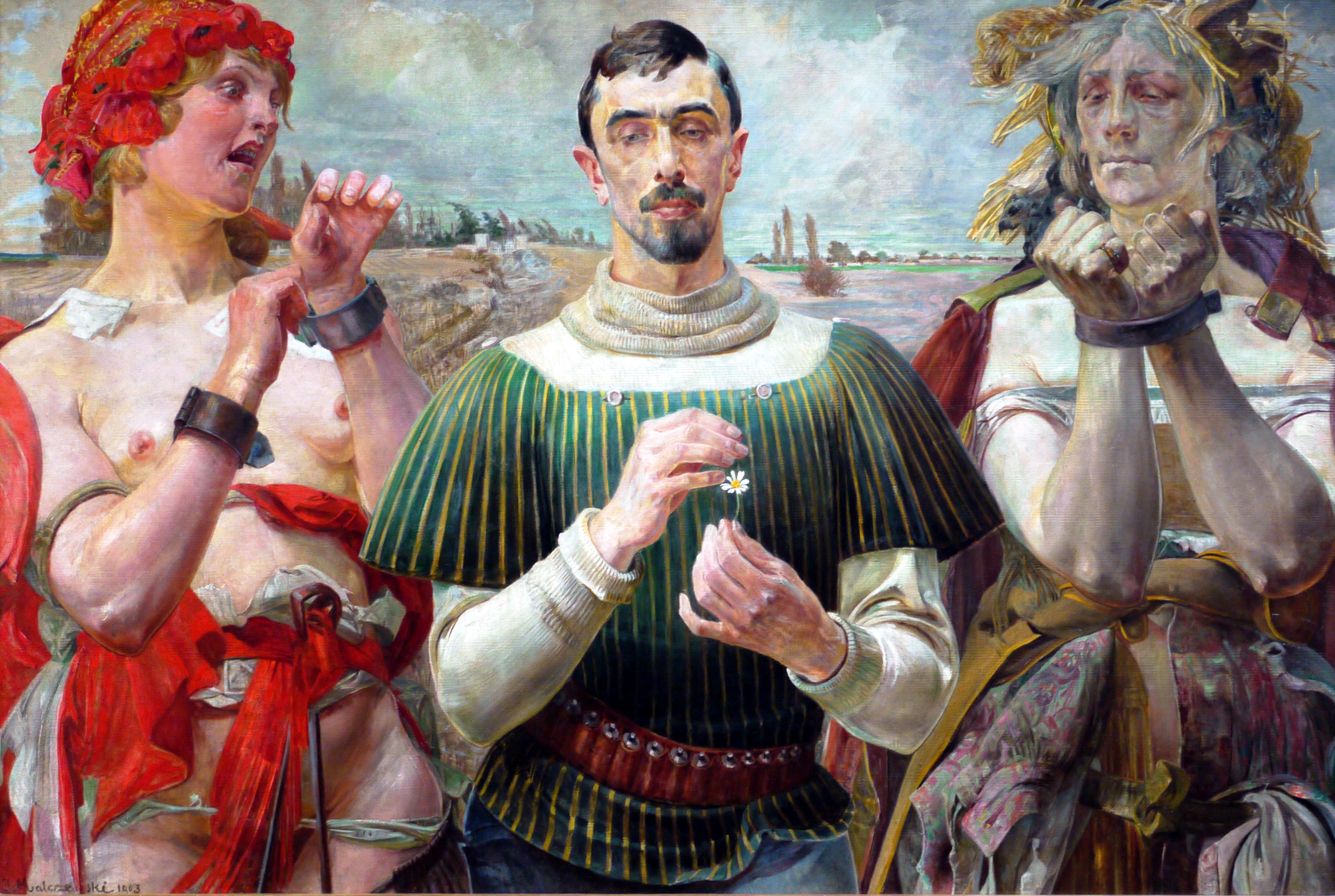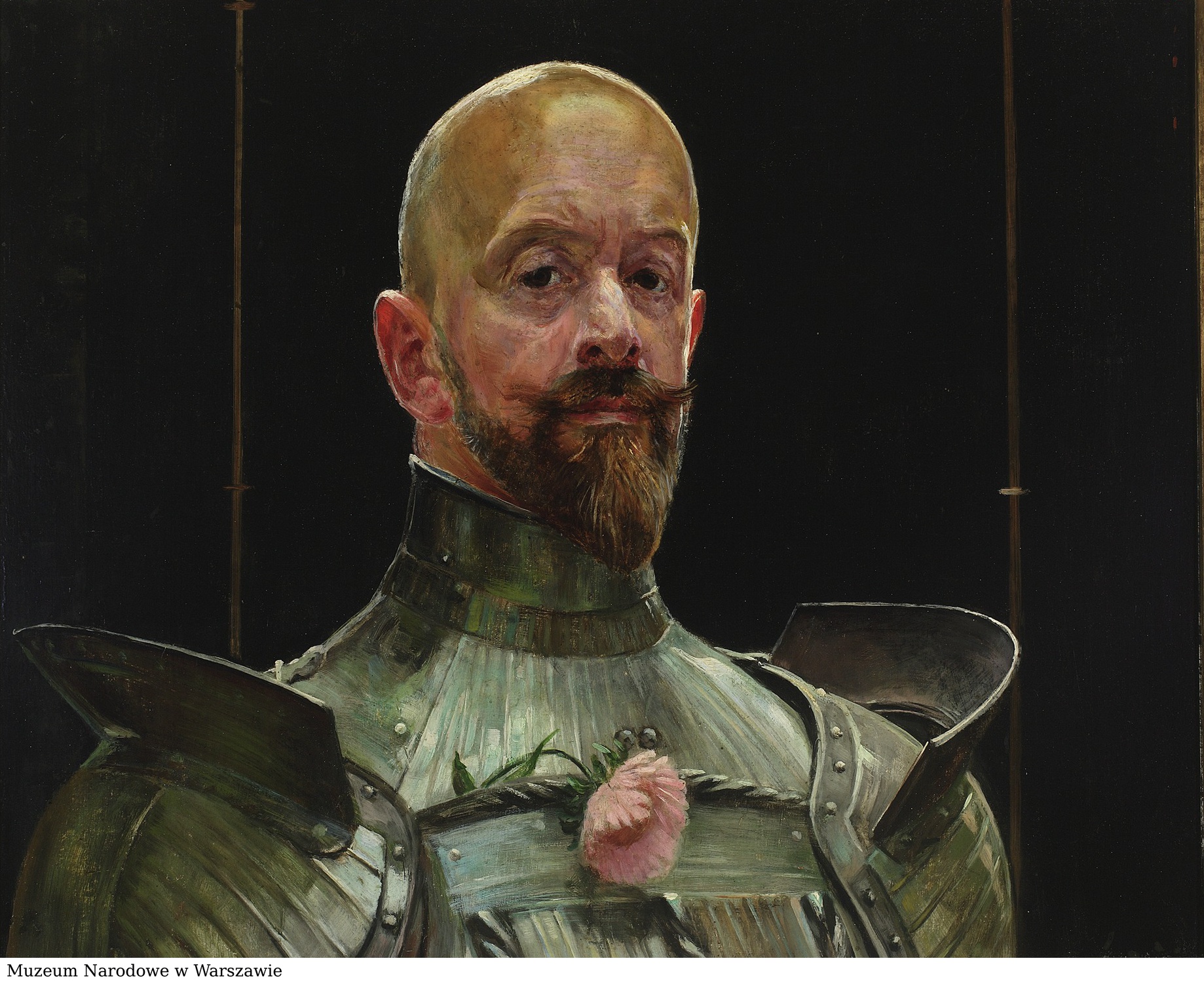Hello there! Do you remember our partnership with Europeana from the last month? This is a small continuation... if you happen to be in Warsaw, Poland, which is one of the European Capitals of Culture this year between April 27th and May 1st, you can explore the virtual reality event #BigArtRide. It is touring nine cities, celebrating the Dutch Presidency of the EU and is part of the #Europeana280 campaign, giving people across Europe the chance to take a virtual journey together. It will bring together two participants in different cities, (one in Amsterdam, one elsewhere), invite them to get on their bikes, put on virtual reality ‘Oculus Rift’ headsets, and navigate through a virtual city experiencing centuries of Europe’s art along the way. You will find more info in the link below :) Enjoy!
The character of Hamlet has often been used by artists of different disciplines to illustrate Polish political dilemmas. Jacek Malczewski, considered the father of Polish symbolism, uses this motif in The Portrait of Alexander Wielopolski, often referred to as the ‘Polish Hamlet’. The painting portrays Aleksander Wielopolski, an amateur painter, juxtaposed between two allegorical representations of Poland - an old chained woman and a young woman breaking free. Wielopolski was a conservative, pro-Russian, Polish aristocrat. He supported Poland regaining its pre-1830 autonomy, but eventually accepted Russian rule. The dilemma between the need to act and the need to keep the status quo is symbolized by the daisy, looking as if Wielopolski is plucking the petals hoping that it will help him decide. One might suspect that the uncertainty depicted in the painting reflects a dilemma of the artist himself. The three characters are presented in a Polish landscape background, a very important element of many paintings by Malczewski.


 Jacek Malczewski
Jacek Malczewski